$0.00
No products in the cart.
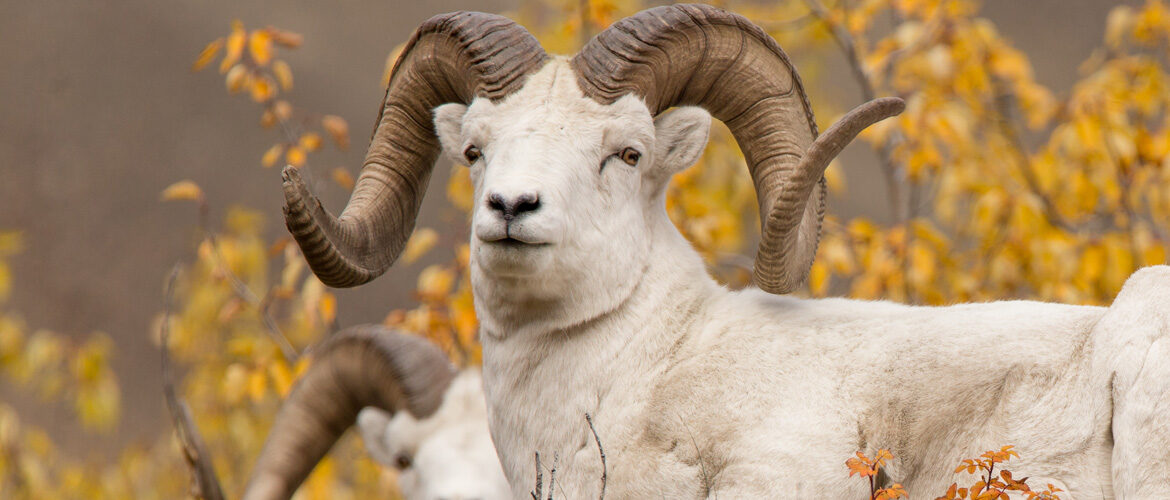
Those familiar with mountain hunting will surely be aware of the North American sheep species. Highly sort after and highly regulated, the sheep of the mountains and deserts of North America are generally considered a modern-day success story with populations of species spreading from Mexico up through the United States, into Canada, Alaska and finally the North West Territories and the Yukon. With heavy emphases on their relationship to humans over time, the North American sheep fit into a rich tapestry of animals across our shared landscape.
Generally confined officially to the Dall sheep (Ovis dalli), the Stone sheep (Ovis dalli stonei), and the Big Horn (containing the Rocky and the Desert Big Horn) (Ovis Canadensis), I also provide the inclusion of an honourable mention to the Barbary sheep (Ammotragus lervia).
While the Barbary sheep, also known as aoudad, is a species of caprine native to Rocky Mountains in North Africa it has been introduced to North America, southern Europe, and in limited introductions elsewhere. The aoudad is the only species in genus Ammotragus, and six subspecies have been described. Although it is now rare in its native North Africa, conservation efforts and suitable habitat, have this species thriving within the United States.
The wild sheep of North America, believed to have crossed the Bering land bridge during the late Pleistocene (100,000 years ago), are divided into two species, which are known as thin horn sheep and bighorn sheep.
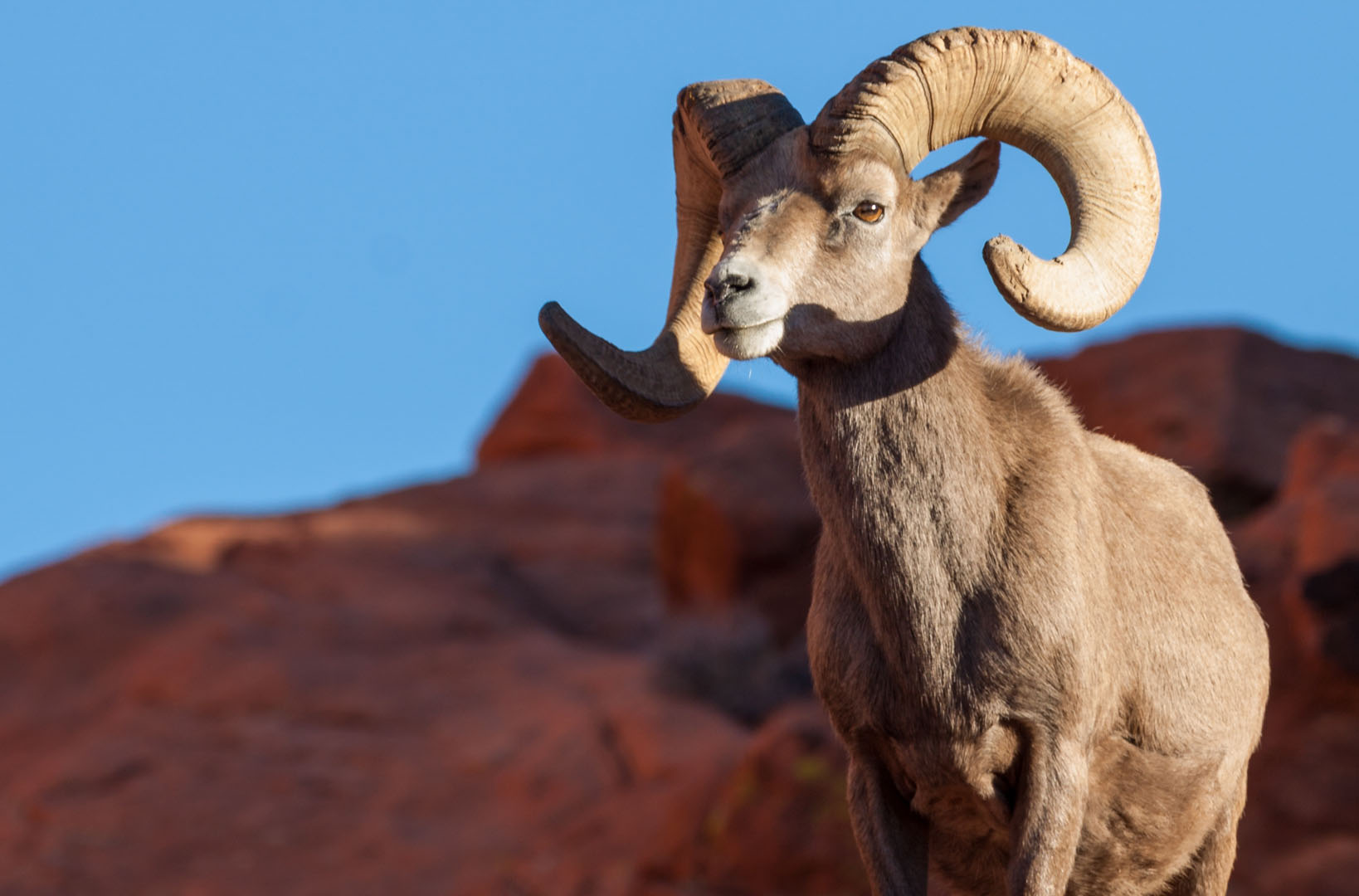
There are about 115,000 thin horn sheep alive and within that, there are two subspecies of thin horn sheep:
In regards to bighorn sheep, starting in 1993, Ramey and colleagues, using DNA testing, have shown a division into seven subspecies is largely illusory. Most scientists currently recognize three subspecies of big horn (Wehausen, J.D.; R.R. Ramey II (2000)).
This taxonomy is supported by the most extensive genetics (microsatellite and mitochondrial DNA) study to date carried out in 2016. These tests found high divergence between Rocky Mountain and Sierra Nevada bighorn sheep, and that these two subspecies both diverged from desert bighorn prior to or during the Illinoian glaciation (about 315–94 thousand years ago). Given this, listing of the current generally accepted subspecies of O. canadensis are:
In addition, two populations are currently considered endangered by the United States government:
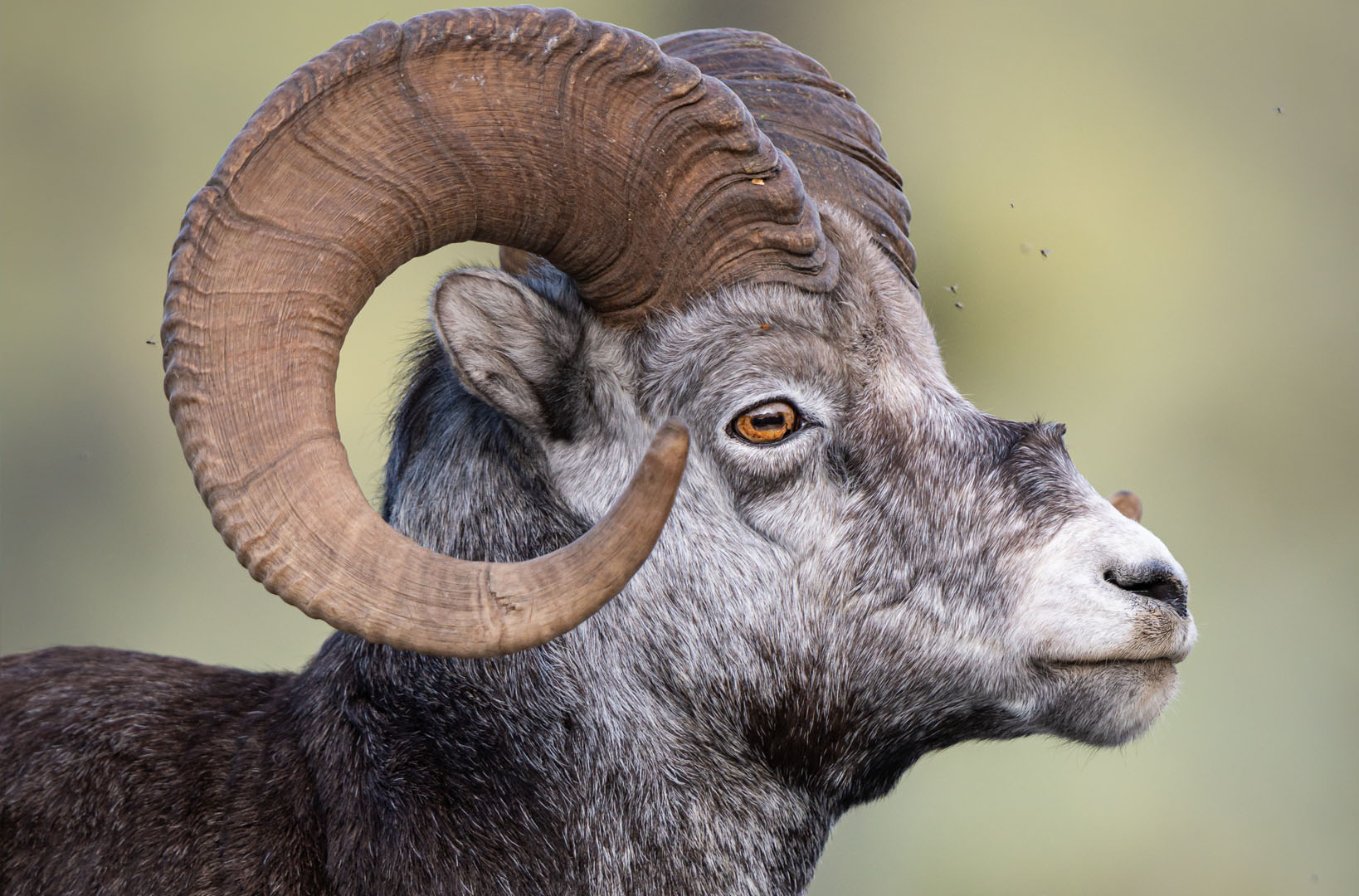
Overall, the male of a sheep species is referred to as a ram and the female as a ewe. The breeding season, referred to at the rut will often span up to 60 days, in which the ewe will typically have three opportunities to be fertilised during the time. Average gestation length for sheep varies from 144 to 151 days although Individual pregnancies may vary from 138 to 159 days. Within weeks of birth, lambs are eating native grasses; at four to six months of age, they are weaned however about a third of lambs do not survive their first year due to harsh conditions and predation.
Generally, ewes will have one lamb however twins are common, and for the first four or five months of their lives young rams and ewes are apparently indistinguishable. Ewes and rams reach sexual maturity at roughly two years of age, though rams are unlikely to breed until they are older and larger.
Broken down into the two distinct animals, their appearance, habitat and behaviours’ vary greatly.
Thinhorn
The Dall sheep, named after American naturalist William Healey Dall (Other animals named after Dall include the Dall’s porpoise and several species of mollusc), stand about 900 millimetres at the shoulder. They are an off-white in colour, and their coat consists of a fine wool under coat and stiff, long, and hollow guard hairs. Their winter coats can be over 5 centimetres thick. Of mountain game, in harsh environments they are able to live to a considerable age, with animals having been noted at 12 to 16 years (Wehausen, J. D.; Bleich, V.C.; Ramey II, R.R. (2005)).
Dall sheep are sexually dimorphic, which means rams and ewes can show significant difference in their appearance between the sexes. Rams are typically larger than ewes and typically weigh between 70 and 80 kilograms at maturity. Ewes weigh 45 to 50 kilograms, on average. During the winter, adult sheep may lose up to 16% of their body mass, and lambs and yearlings as much as 40% depending on winter weather severity. Dall sheep begin growing horns at about two months old. Ewes have small, slender horns compared to the large, curling horns of rams. Young rams resemble ewes until they are about 3 years of age. At this point, their horns begin to grow much faster and larger than ewes’ horns.
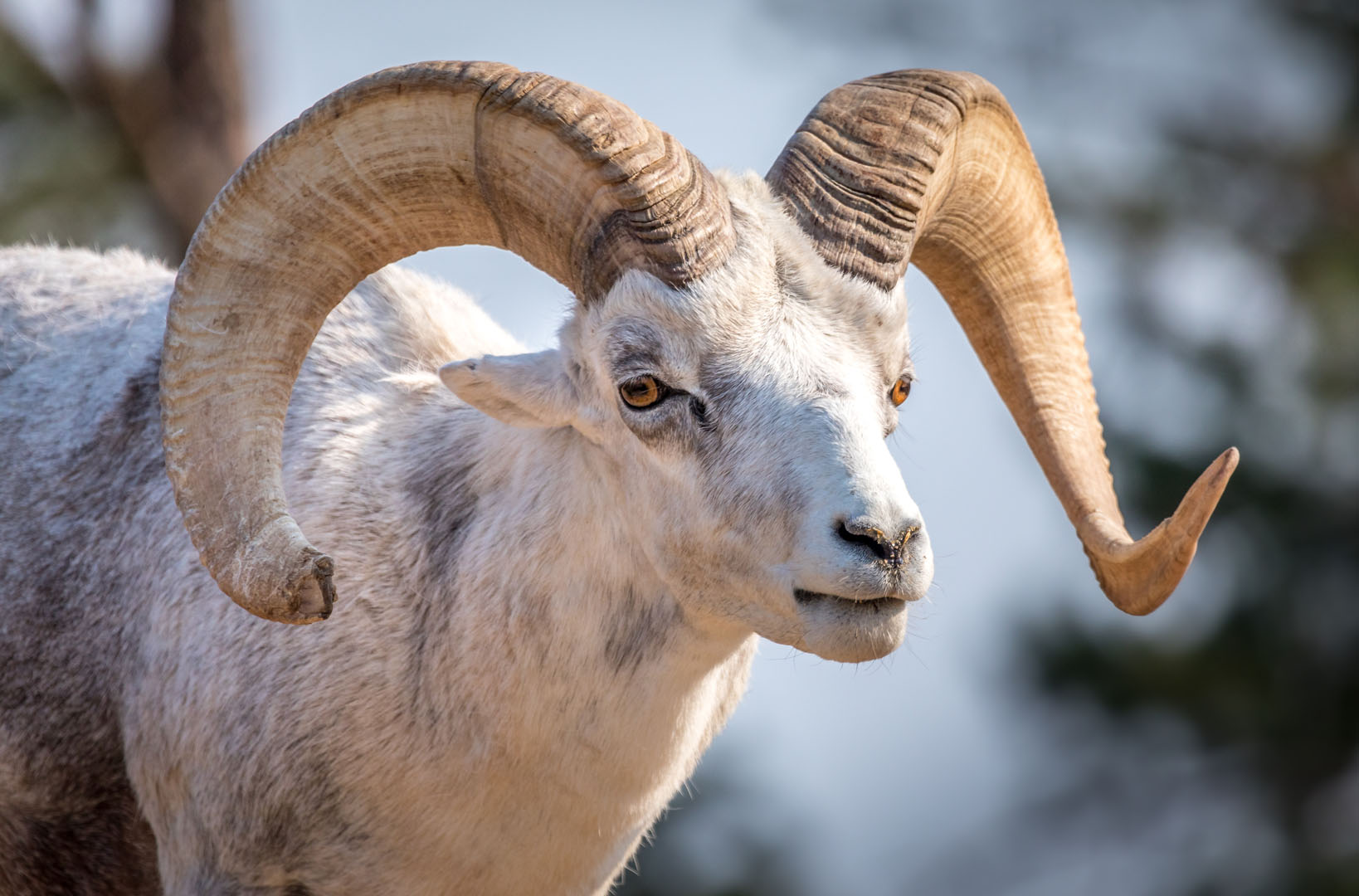
Adult male O. dalli have thick, curling horns. Adult males are easily distinguished by their horns, which continue to grow steadily from spring to early fall. This results in a start-and-stop growth pattern of rings called annuli. Annuli can be used to help determine age and, in some areas,, the legality for legal harvest,
The stone sheep, named after naturalist A. J. Stone has a wide variation in pelage colourations, from slate grey-brown with a white rump patch, dark tail and white on the inside of the hind legs, to an almost completely white/grey-white coat with a dark or black dorsal surface on the tail. Horns are curved in form and vary in colour from a yellowish-brown to dark brown horns. The Stone Sheep is a darker subspecies of the Dall sheep. Stone Sheep rams can weigh up to 100 kilograms, although weights of around 80 kilograms are more common. The ram will stand 100 centimetres tall at the shoulder. Ewes typically weigh 30-40% less than a ram and stand at 90 centimetres tall at the shoulder.
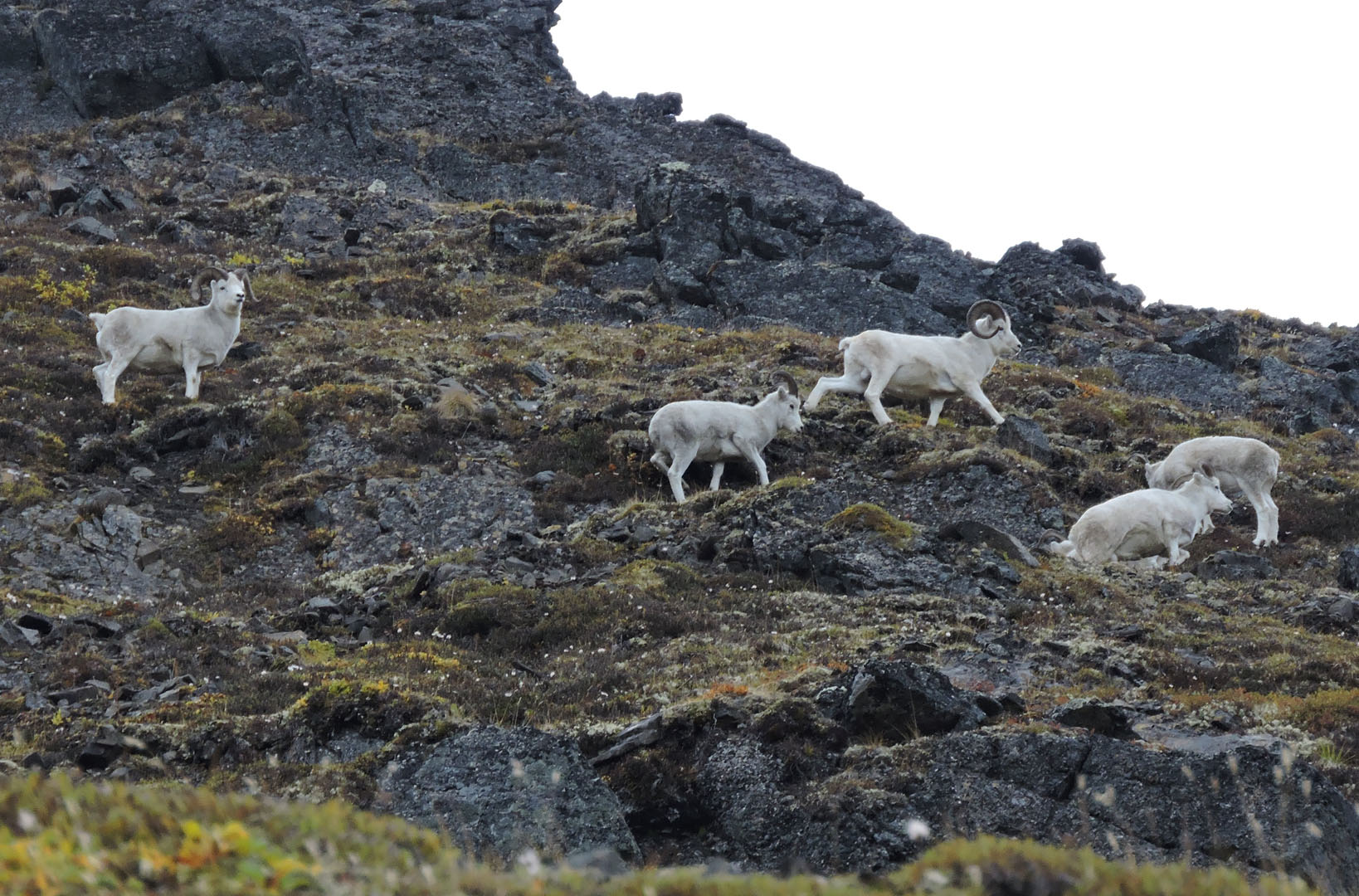
Bighorn
The Rocky Mountain Bighorn Sheep is the largest wild sheep inhabiting North America. A large ram (a male sheep) may weigh over 130 kilograms and stand over 100 centimetres tall at the shoulder. They are generally a dark brown to gray/brown colour with a white rump patch, muzzle, and back of legs. Their coats may appear considerably lighter in spring before the winter coat is shed, revealing the darker summer coat beneath. Rams have horns that are massive and tightly curled close to the face. A ewe will have smaller, shorter horns that curve only slightly. Ewes typically weigh 55-68 kilograms (Websource – bighorn.org)
Desert Bighorn Sheep are generally smaller and lighter coloured than their cousins, the Rocky Mountain Bighorn Sheep. Large rams usually weigh under 100 kilograms. They stand between 96 and 106 centimetres tall at the shoulder. Desert Bighorns are found in the southwestern United States, including Utah, Nevada, New Mexico, Arizona, and southern California. A significant population is also found in northern Mexico. The horns of Desert Bighorns are typically longer than and not as large as those of Rocky Mountain Bighorns. The horns are usually curled close to the face but may flare widely outward, showing wide variation in horn structure between individuals. Desert Bighorns also have slightly longer ears and tails than Rocky Mountain big horns. Desert big horn ewes also typically have longer horns than other North American wild sheep females.
Fannin
Originally, the subspecies O. d. dalli and O. d. stonei were distinguished by the colour of their pelage (fur). However, the pelage-based designations have been shown to be questionable. Complete colour intergradation occurs in both O. dalli sheep subspecies (i.e., Dall’s and Stone’s), ranging between white and dark morphs of the species. Intermediately coloured populations, called Fannin sheep were originally (now suggested as being incorrectly) identified as a unique subspecies (O. d. fannini) with distributions inhabiting in the Pelly Mountains and Ogilvie Mountains of the Yukon Territory. Fannin sheep have more recently been confirmed as mixed individuals with predominantly Dall’s sheep genetic origins (Appendices of CITES).
Throughout history, bighorn sheep have played a prominent role in the indigenous cultures of North America. Their ability to survive in some of the West’s most inhospitable environments earned them an honourable place in the mythology of Native Americans. Because many native cultures saw the bighorn sheep as a food source, the animals were considered sacred. They were associated with the sky and were often viewed as guardian spirits. They are commonly depicted across the American West on panels of Native American petroglyphs (Websource – Livescience.com). Bighorn sheep were almost among the most admired animals of the Apsaalooka (Crow) people, and what is today called the Bighorn Mountain Range was central to the Apsaalooka tribal lands.
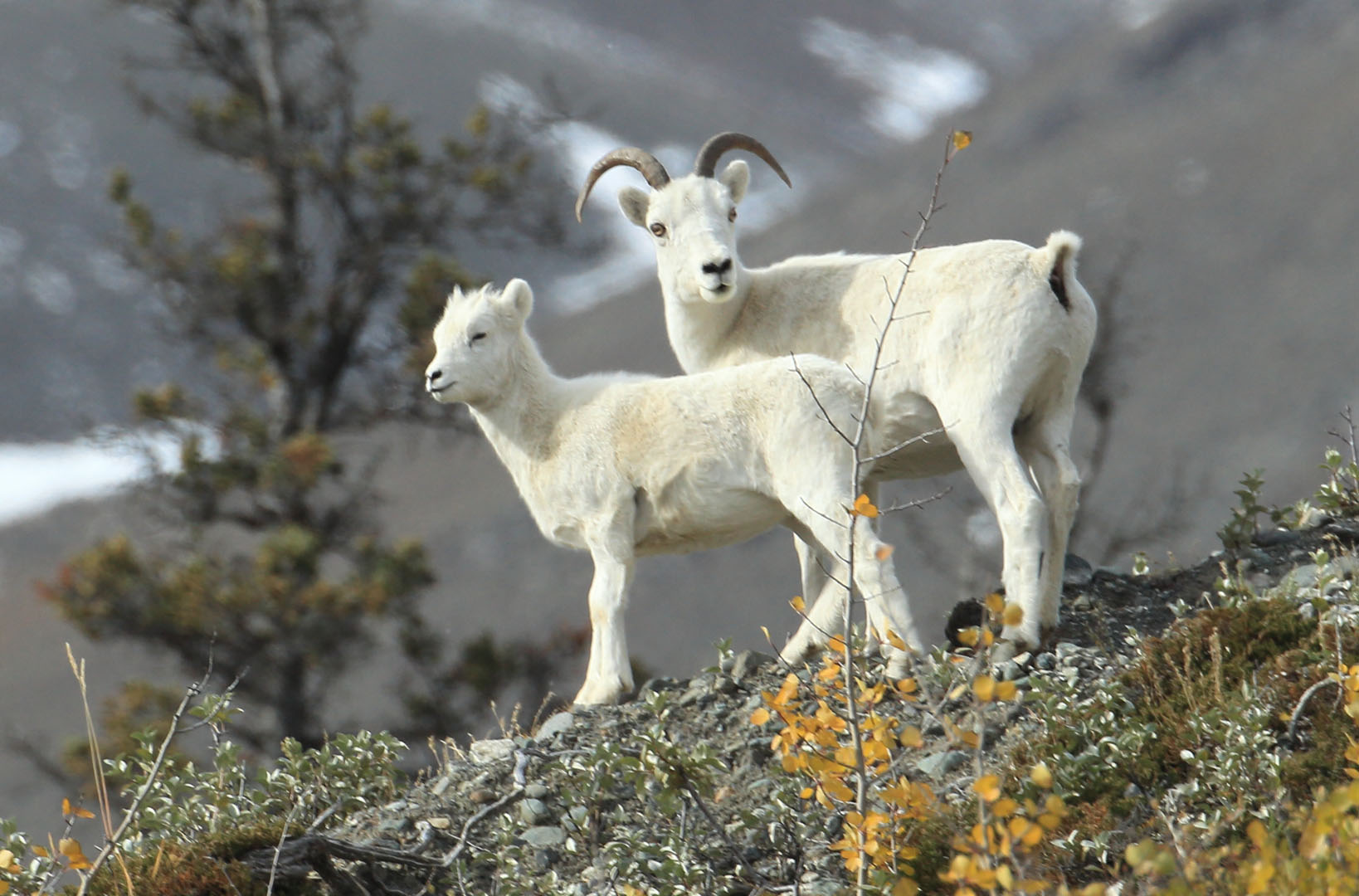
In the Bighorn Canyon National Recreation Area book, storyteller Old Coyote describes a legend related to the bighorn sheep. A man possessed by evil spirits attempts to kill his heir by pushing the young man over a cliff, but the victim is saved by getting caught in trees. Rescued by bighorn sheep, the man takes the name of their leader, Big Metal. The other sheep grant him power, wisdom, sharp eyes, sure-footedness, keen ears, great strength, and a strong heart. Big Metal returns to his people with the message that the Apsaalooka people will survive only so long as the river winding out of the mountains is known as the Bighorn River (Graetz, Rick; Susie Graetz. “About the Crow”).
Mountain sheep were hunted in all seasons, but most often in summer or fall. Kaska hunters and their families and Tagish groups of two or three families, relocated to the mountains in late summer to hunt for sheep (Honigmann JJ: The Kaska Indians: An Ethnographic Reconstruction). The Micmac hunted sheep in fall. The Okanagan-Colville hunted sheep in spring, late autumn and late winter. The Tanana and Inupiat of Kaktovik and Anaktuvik Pass hunted sheep in late summer and autumn. The Nicola hunted mountain sheep in winter, and the Peel River Kutchin (Gwich’in) hunted year-round and In the Tahltan region, mountain sheep were usually found and hunted around streams in spring and summer.
Dall sheep was usually hunted in summer by Yukon and Alaskan Indigenous Peoples, Upper Tanana, Mountain and Tanaina. The Upper Tanana also hunted Dall’s sheep in autumn (McKennan RA: Economic Life). Yukon Indigenous Peoples often hunted the sheep in late summer when they were fat and the meat was considered better. The Tanaina would journey into the mountains to hunt mountain sheep. They usually travelled as families, but for the Kenai and Inland Tanaina, only the men travelled. The Mountain culture would travel from valley to valley and along streams to favoured feeding grounds (Gillespie B: Mountain Indians). Snares, bows and arrows, and most recently, guns, were used to hunt sheep but the resultant animals were not only used for food, for instance the Puget Sound Indigenous people and the Tahltan used sheep horns to make dishes and ladles, and knife handles by boiling the horns until soft and then moulding and pressing them into desired shapes. The Plateau Indigenous Peoples and Kutenai used the horns to make bows while the Yukon Kaska used sheep horn to make bows and utensils ( Johnson OW: Flathead and Kootenay, the Rivers, the Tribes and the Region’s Traders)
Although sheep numbers are always the subject of debate, at the time of writing, overall thin horn sheep numbers are reported as stable today and they are classified as least concern (LC) on the IUCN Red List.
However, this is not the case in regards to bighorn. Two hundred years ago, they were widespread throughout the western United States, Canada, and northern Mexico. The population was estimated to be 150,000 to 200,000 (“Ovis canadensis”. NatureServe.). Unregulated hunting, habitat destruction, overgrazing of rangelands, and diseases contracted from domestic livestock all contributed to the decline and still impact populations today, the most drastic reduction though occurring from about 1870 through 1950.
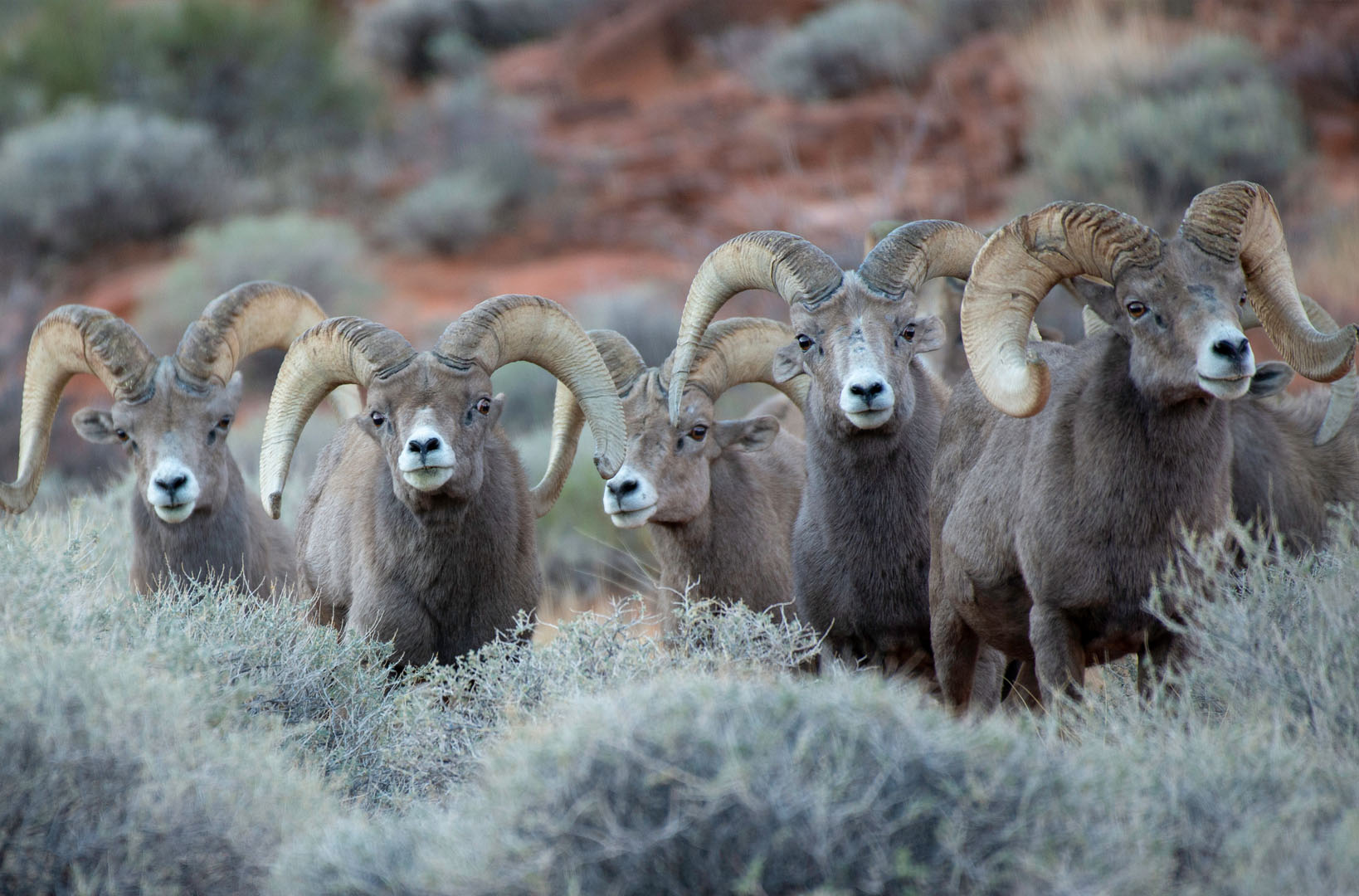
Restoration of bighorn sheep has been pursued actively by many State and Federal agencies since the 1940s, although these efforts have met with mixed success, and most of the historical range of bighorn remains unoccupied at this point in time.
Sheep hunting opportunities are tightly controlled and as such converted. It seems that this continues to trend upwards which has resulted in an ever-rapid rise in pricing for hunts as well as tags with very low draw odds due to limited tag numbers and high hunter participation in seeking those tags.
For the budding sheep hunter, opportunities for dall sheep are typically more plentiful than others with hunts ranging from complete backpack hunts to base camp, horse or helicopter access hunts, of course, all with their pricing adjusted accordingly. For those looking to chase Stone sheep, they are only available via becoming a resident or outright outfitted hunt while the bighorn can be hunted by way of either draw (and often-subsequent DIY hunt – if you ever draw!) or by way of or outright outfitted hunt across their range with the purchase of a tag, where available.